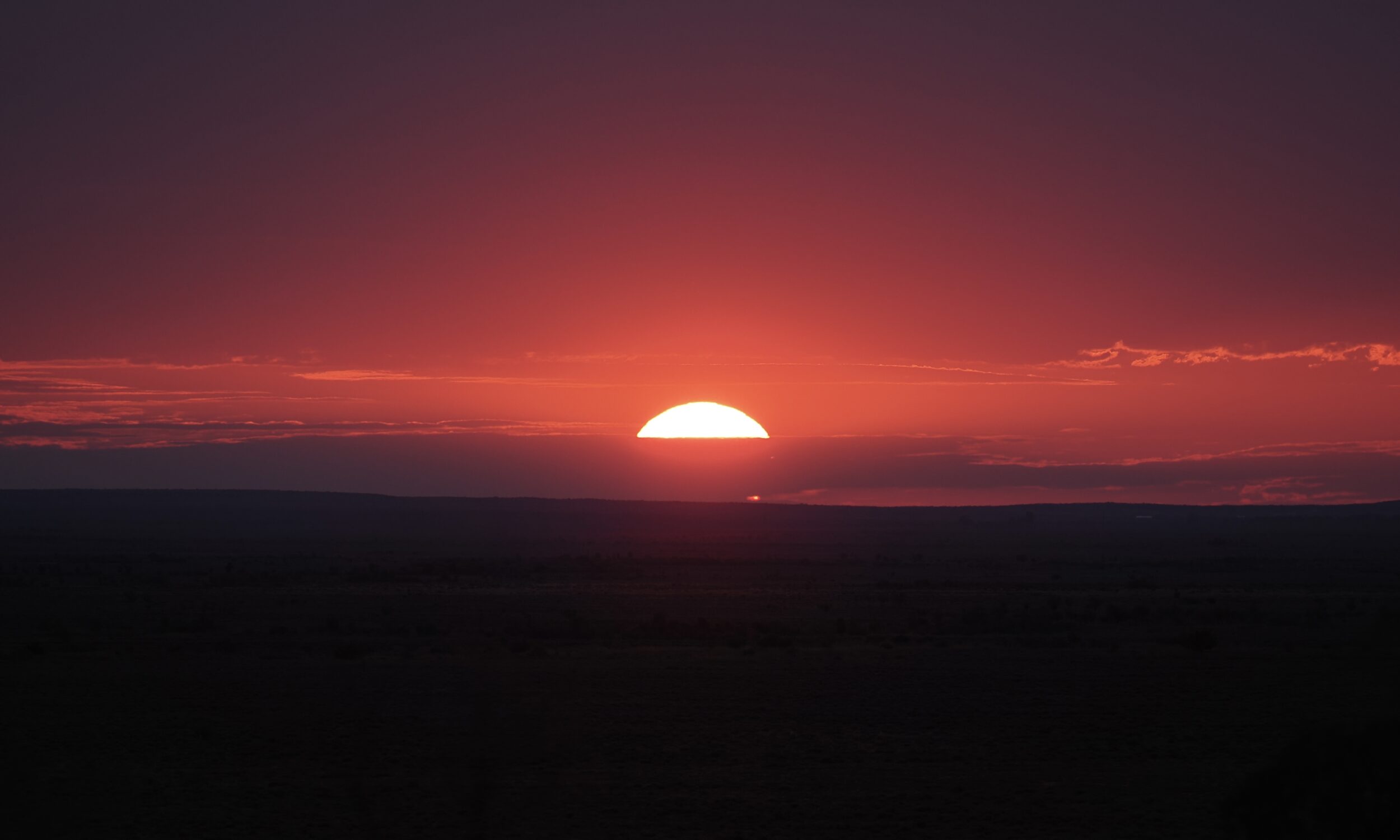To my eye, Coober Pedy is an ugly town, albeit a singular one.
So, I was delighted to see something so lovely, growing not many footsteps away from a hideous shopping venue and car park.
I love the way such tall grasses look, especially when wind whiffles through them.
Alas, however, I was admiring a very “bad” plant.
Buffel grass – Cenchrus ciliaris L, pictured above – is “arguably the greatest invasive species threat to biodiversity across the Australian arid zone.”
Some beef producers, however, still view it fondly as “great cattle feed”.
The relevant legal requirement in South Australian Arid Lands:
Land owners in this region to take reasonable steps to kill plants and prevent their spread. Enforceable by the South Australian Arid Lands Landscape Board.









